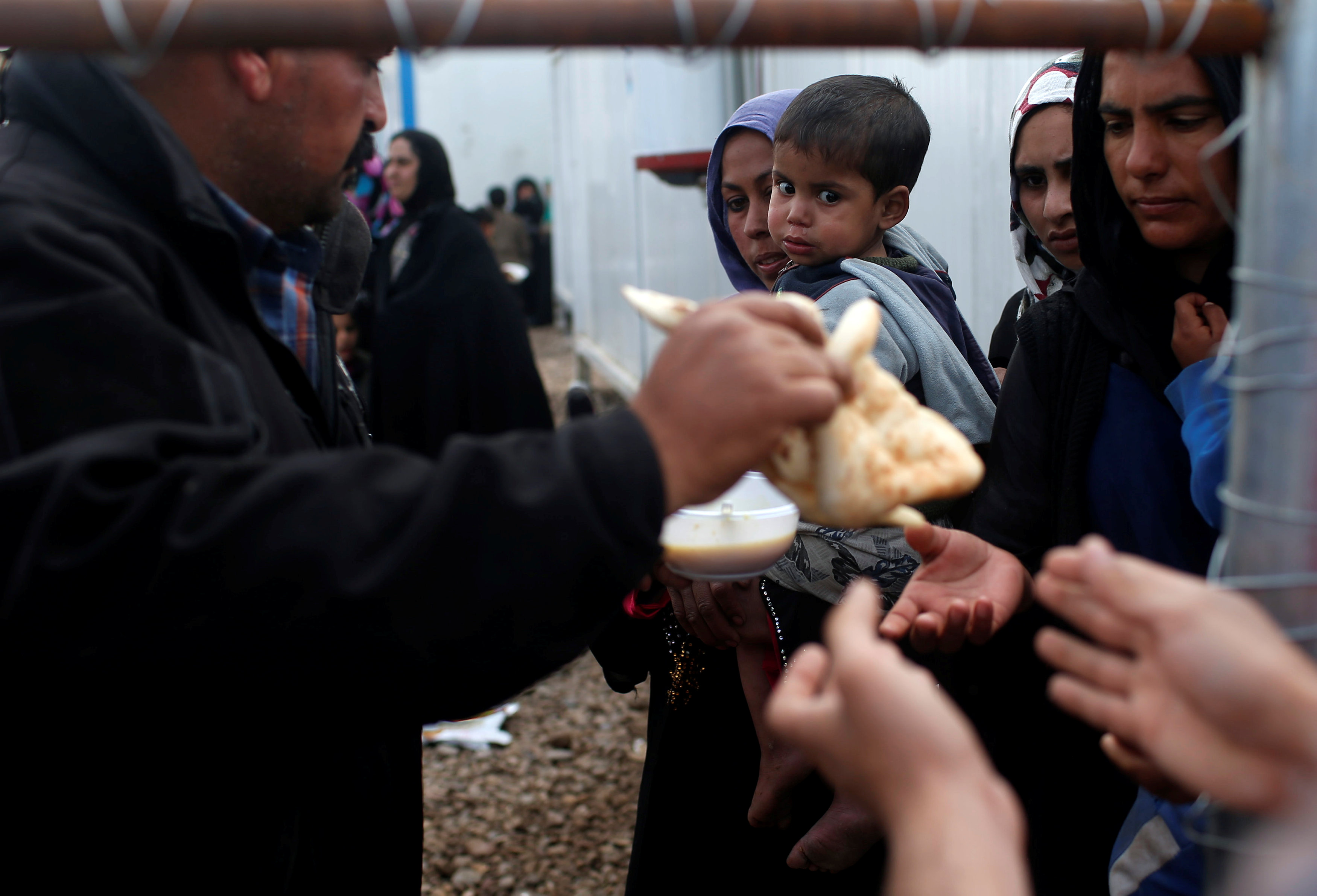
By Lidia Kelly
ORZYSZ, Poland (Reuters) – Poland on Thursday welcomed the first U.S. troops in a multi-national force which is being posted across the Baltic region to counter potential threats from Russia.
More than 1,100 soldiers — 900 U.S. troops as well as 150 British and 120 Romanians — are to be deployed in Orzysz, about 57 km (35 miles) south of Russia’s Baltic Sea enclave of Kaliningrad, where Moscow has stationed nuclear-capable missiles and an S-400 air missile defense system.
Three other formations are due to become operational by June across the region.
“Deploying of these troops to Poland is a clear demonstration of NATO’s unity and resolve and sends a clear message to any potential aggressor,” NATO Supreme Allied Commander Europe, General Curtis Scaparrotti, said at a welcoming ceremony for the first arrivals at Orzysz, 220 km (140 miles) northeast of the capital Warsaw.
Poland, alarmed by Russia’s assertiveness on NATO’s eastern flank, has lobbied hard for the stationing of NATO troops on its soil, especially since Moscow’s annexation of Crimea in 2014.
Polish President Andrzej Duda called the deployment a historic moment “awaited for by generations”.
The troops’ move in Orzysz takes place as U.S. President Donald Trump appears to have changed his previously critical views of NATO and soured his attitude toward Moscow.
While running for president, Trump dismissed the alliance as obsolete and said he hoped to build warmer ties with Russia.
But on Wednesday, he lavished praise on NATO and said the relationship with Russia may be at an all-time low.
“I said it was obsolete. It’s no longer obsolete,” Trump said as he stood at a news conference alongside NATO Secretary-General Jens Stoltenberg in the White House.
OFFICERS RESIGN
Poland’s ruling conservatives, the Law and Justice party (PiS) allied with Duda, have signaled plans to raise funds to modernize and increase the size of its military, even though Warsaw is already among NATO’s top spenders.
But the Polish armed forces have other problems.
Nearly 30 top of its top generals and more than 200 colonels — a quarter and a sixth of the army’s total — have resigned over the last year, citing in part disagreements with Defence Minister Antoni Macierewicz over personnel and other decisions.
The military has also seen potential procurement delays after Macierewicz canceled a multi-billion-dollar deal with Airbus Helicopters (AIR.PA) last year.
General Miroslaw Rozanski, a former senior commander, said in February he could not accept certain defense ministry decisions.
“We were implementing NATO decisions. Minister Macierewicz would agree with my proposals and then different decisions would be taken,” he said then.
The Defence Ministry says the officers’ departures amount to only a fraction more than in previous years. It has said, however, the army should be purged of commanders who began their service before the collapse of communist rule in 1989.
In response to Reuters’ request for a comment, a NATO official said it was up to the allies to decide how they structure their armed forces.
“What is important to NATO is that the armed forces of allies meet their capability targets, that they can operate with each other and that they have the right equipment to meet today’s security challenges,” the official said.
Polish sources said NATO, focusing on its troubled relations with the new U.S. president and Moscow, has adopted a “wait-and-see” attitude toward Warsaw.
“We are indeed the trouble makers,” a Polish government source told Reuters. “But because we fulfil all the obligations…because in the end we deliver, we are not the biggest problem right now. So, NATO has indeed adopted a ‘wait-and-see’ attitude toward us.”
But Daniel Keohane, a senior researcher at the Center for Security Studies at the ETH university in Zurich, said Poland’s relations within the alliance could suffer.
“While this should not in principle weaken Poland’s position within NATO, if these generals are resigning for political reasons, and a perception of an ongoing politicization of the Polish army emerges, this could cause worry in other NATO capitals,” he said.
(Additional reporting by Marcin Goettig and Pawel Sobczak in Warsaw; Writing by Lidia Kelly; Editing by Justyna Pawlak and Angus MacSwan)


